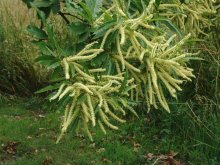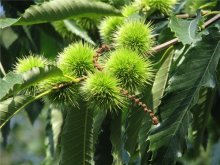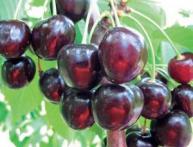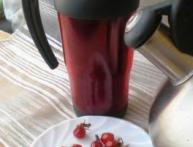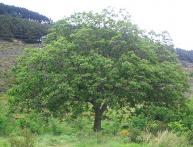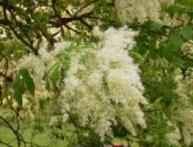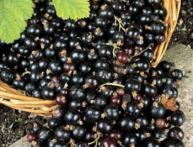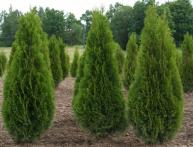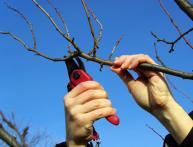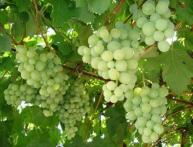Useful properties and uses of seed chestnut
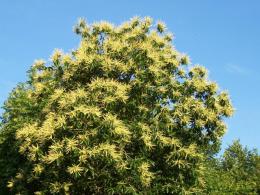
At first glance, many of the representatives of green nature known to us seem natural and ordinary, to which no one pays attention. And in the times of our ancient ancestors, they were in great demand and revered in every possible way. People understood that only nature would help get rid of various ailments. Meanwhile, one should not underestimate the importance of plants, since they are used to make medicines, fabrics, building materials and everything that we so badly need. One of these representatives is the seed chestnut.
Content:
Description of chestnut
The sowing chestnut is tree of the chestnut genus. The main habitat is Europe and the adjacent western part of Asia (Turkey). In the works of famous biologists of the domestic and foreign school, chestnut has the following names:
- Chestnut
- Noble chestnut
- Edible chestnut
- Real chestnut
Each of the names is associated with a certain pattern that was noticed by one or another scientist. The name “sowing” appeared when people realized that this tree could be cultivated and began to be used on a large scale. The nobility of this type of chestnut was noted in connection with its appearance. The mighty strong tree made a strong impression on those who managed to see it.
His nobility and strength were compared to oak.The chestnut was called edible due to its suitability for consumption. But this tree acquired the nickname “real” due to its medicinal properties, which were actively used by our ancestors.
In terms of appearance, the common chestnut is a stately tree, the length of which is up to 35 meters. The crown has a regular oval shape. The bark of the trunk is dark brown. During the flowering period, seed chestnut has ribbed shoots with red hairs. The shape of the leaves is elliptical and the edges are ribbed. Their length is up to 27 centimeters and their width is up to 8 centimeters. the tree has flowers of male and female predisposition.
The former resemble yellow earrings, and the latter resemble green scaly lumps. Homeland seed chestnut Countries adjacent to the Mediterranean Sea, where there is heat and moisture, are considered. In Russia, this tree can be found in the Caucasus in Dagestan.
Useful properties and preparation
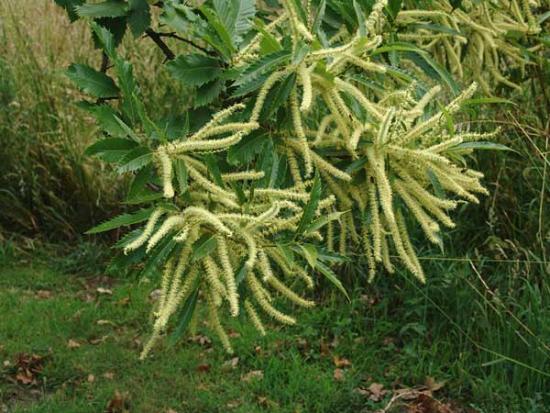
The main value of seed chestnut is its medicinal properties. But in order to preserve them and get the desired effect when used, it is necessary to carry out competent preparation. In this case, the following actions are carried out:
- Collection of leaves and fruits of seed chestnut
- Laying out the collected material in a thin layer
- Dry in a dry, dark place
- Placed in a bag
Leaves up to 20 centimeters long are suitable for collection. The fruits are collected as they ripen. The harvesting itself is carried out at the end of summer or early autumn. Laying out and drying is carried out in dry, ventilated rooms without lighting. The collected material is stored for no more than one year.
The composition of the collected useful material (leaves and fruits) of seed chestnut include such useful substances as:
- Tannic and triterpene elements
- Glucose and glucose elements
- Pectin
- Vitamin C and K
- Starch
- Fructose
- Squirrels
- Fats
- Lecithin
- Minerals
- Organic acids
- Microelements
The beneficial properties of seed chestnut include:
- Anti-inflammatory effect
- Reducing cough
- Hemostatic effect
Our ancestors used the leaves and fruits of this tree to treat whooping cough, asthma and bronchitis. In addition to its medicinal properties, seed chestnut extract is used as a component for the manufacture of cosmetic and hygiene products (shampoo, cream, serums, soap).
Medicines
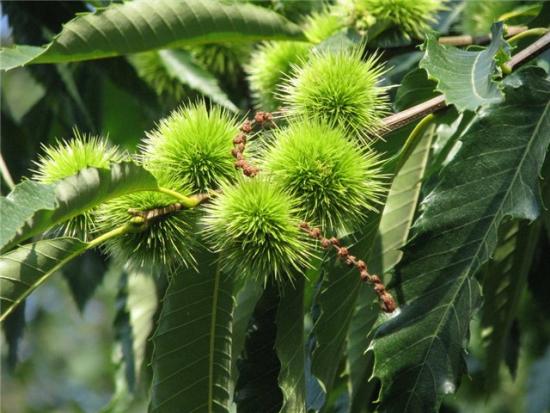
ethnoscience uses the leaves and fruits of the seed chestnut to make the following products:
- Decoction or tincture of silt leaves
- Roasted chestnuts
- Boiled chestnuts
- Fruit mask
To prepare a decoction, you need to prepare two teaspoons of crushed dry leaves. In this case, you will need to make a solution with a volume of 250 milliliters. It must be put on low heat and simmered until it boils, which should not be more than 3-5 minutes, otherwise all the beneficial properties will disappear. After this, the resulting broth is filtered and left to cool completely. After that, the resulting product is consumed throughout the day, one sip at the time of coughing.
Frying fruits looks much easier than decoction. It is enough to cut the fruits on any side and place them in the oven for 25 minutes at 200 degrees. Boiling fruits is not much different from frying. The fruits are also cut and boiled in boiling water for 15 minutes.
The mask is also made from chestnut fruits. For this, fresh fruits are taken and carefully chopped.Therefore, add a little water and bring it to a mushy state. The resulting mass is applied to the face.
The value of chestnut, like any other plant, is very large. This gift of nature deserves attention. We must not forget that the green world is a huge storehouse thanks to which we exist. And the absence of at least one plant in it is a huge loss, first of all, for us.
Is it worth it to grow chestnuts? Watch the video:
Interesting information about the vegetable garden

